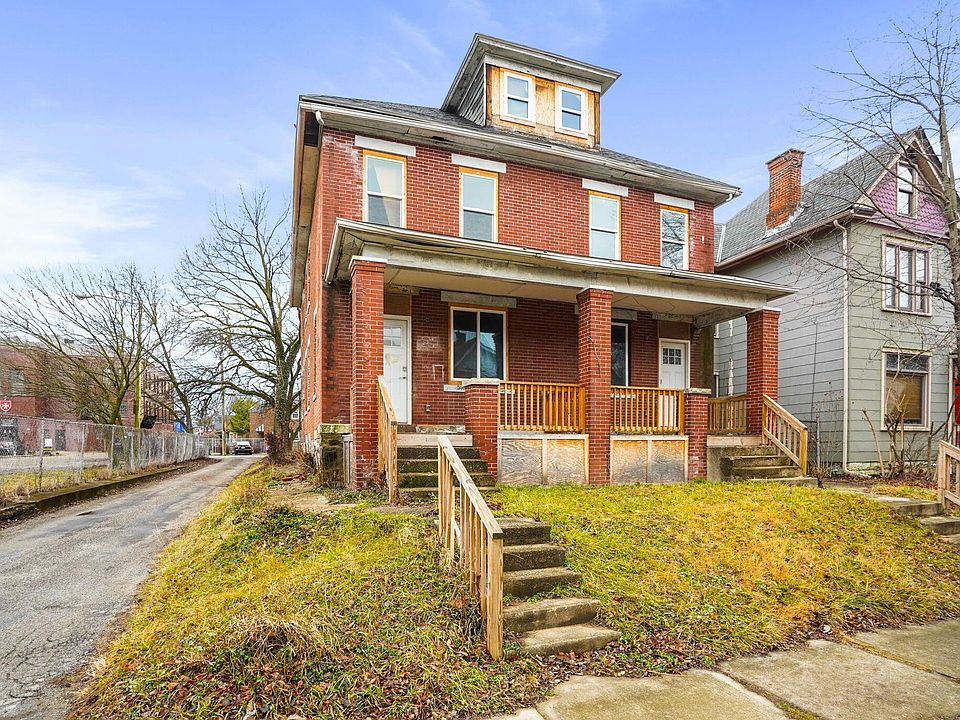
Realtor Markets in Columbus, Cincinnati, and Cleveland, Ohio
Columbus, Cincinnati, and Cleveland represent three major cities in Ohio, each with its own distinct real estate market characterized by unique trends and opportunities. This comparative analysis explores key aspects of the realtor markets in these cities, highlighting differences and similarities to provide insights for investors, homebuyers, and how I sell my house columbus with real estate professionals.
Market Size and Growth:
Columbus:
The real estate market in Columbus is characterized by steady growth fueled by population expansion, job opportunities, and economic development. The city’s strong job market, affordable housing prices, and vibrant cultural scene have attracted a diverse population, driving demand for residential and commercial properties.
Cincinnati:
Cincinnati’s real estate market is notable for its stability and affordability compared to other major cities. The city offers a mix of historic neighborhoods, suburban communities, and urban redevelopment projects, attracting homebuyers seeking diverse housing options and a high quality of life.
Cleveland:
Cleveland’s real estate market has undergone revitalization in recent years, spurred by downtown redevelopment projects, investment in infrastructure, and efforts to attract young professionals and businesses. While the city faces challenges such as population decline and economic disparities, initiatives to promote urban renewal and affordable housing have contributed to positive growth trends.
Housing Affordability and Inventory:
- Columbus: Despite rapid growth, Columbus maintains relatively affordable housing prices compared to national averages, making it an attractive market for first-time homebuyers and investors. The city’s diverse housing stock includes single-family homes, condominiums, and apartments, providing options for buyers at various price points.
- Cincinnati: Cincinnati offers a mix of affordable and upscale neighborhoods, with housing prices below national averages in many areas. The city’s historic architecture, riverfront amenities, and cultural attractions contribute to its appeal among homebuyers and renters seeking affordability and urban amenities.
- Cleveland: Cleveland’s real estate market is characterized by affordability, with housing prices among the lowest of major cities in Ohio. The city’s inventory includes a mix of historic homes, new developments, and investment properties, offering opportunities for buyers and investors seeking value and potential for appreciation.
Conclusion:
While Columbus, Cincinnati, and Cleveland share commonalities as major cities in Ohio, each has its own unique realtor columbus ohio market characterized by distinct trends and opportunities. Understanding these differences is essential for investors, homebuyers, and real estate professionals seeking to capitalize on the strengths and dynamics of each market. By leveraging insights from this comparative analysis, stakeholders can make informed decisions and navigate the complexities of real estate investment and development in Ohio’s diverse urban landscapes.


